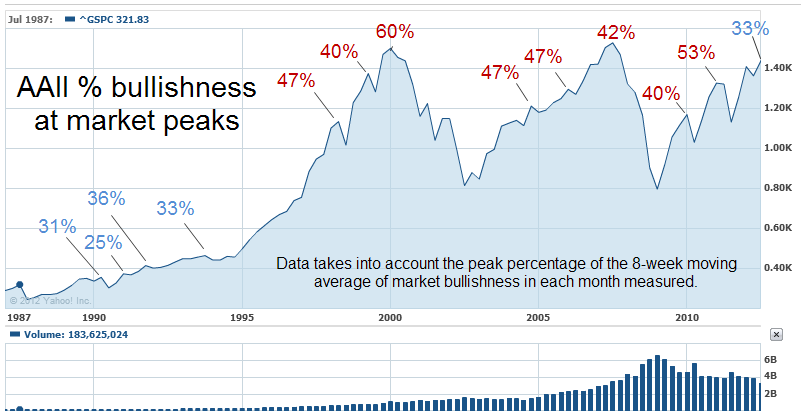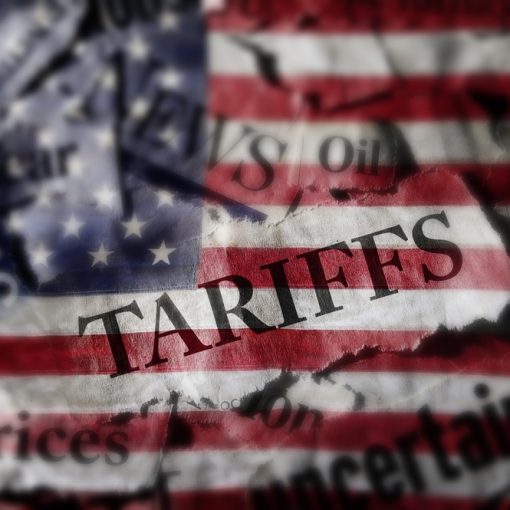Intel (INTC) disappointed Wall Street on January 17 by reporting a 3% decline in quarterly revenue to $13.5 billion, thanks to the ongoing stagnation in its all-important PC market. The stock received a 6.3% haircut to $21.25 on that day–and is down 27% from its peak back in early May of 2012.
data by YCharts
The world’s biggest chip maker needs to find new revenue streams and that means grabbing a bigger piece of the processor market for smartphones and tablet computers. Consider this: Intel’s biggest customers are PC makers Hewlett-Packard (HPQ) and Dell (DELL)–both of which have troubles of their own. This duo kicks in about 30% of the company’s revenue, according to an analysis by Bloomberg. The next chart shows the dire straits of the PC industry at the moment.
Now, Intel Chief Executive Officer Paul Otellini, who plans to retire in May, does have new chip products set to debut this year – and the company plans to spend a cool $13 billion on plants and equipment in 2013, much of it focused on mobile chip applications.
But Intel faces intense competition in mobile processors from the likes of Qualcomm (QCOM), Nvidia (NVDA), Texas Instruments (TXN) and Broadcom (BRCM).Techcrunch explains why Intel’s back is up against the wall:
making the shift to mobile systems on a chip won’t happen overnight. It will take time and a lot of partnerships with big smartphone manufacturers. As Samsung and Apple are by far the dominant players, convincing them to switch will be tough.
Matthew DeCarlo at TechSpot has the inside skinny on the new chips Intel plans to roll out for smartphones and tablets this year. The tech industry is also awaiting the spring launch of Intel’s next-gen Haswell desktop processors, which may make their way into Apple’s iMac lineup, according to Eric Slivka at MacRumors.
The investments discussed are held in client accounts as of January 7. These investments may or may not be currently held in client accounts. The reader should not assume that any investments identified were or will be profitable or that any investment recommendations or investment decisions we make in the future will be profitable.





